See also:
Toyota sports cars past and present: MR2 vs. MR2
Toyota sports cars past and present: AE86 vs. GT86
Interview: What’s it like to own a classic MR2?
Toyota has an illustrious sports car history. From the hallowed Toyota 2000 GT of 1967 to the award-winning GT86 of today, at some point in time, there’s been a Toyota sports car to suit virtually every size, shape, taste and budget.
To that end, we’re always interested to hear from owners of some of the iconic sports cars we’ve produced – cars such as the Celica, Supra, MR2 and Corolla GT Coupé ‘AE86’ that really stir the soul. And when we say we’re keen, we really mean it, as attested by our recent outing to Bala in Gwynedd, Wales, with Car Throttle and the owner of quite possibly the best original MR2 in existence – one that we ourselves had been eyeing up for the Toyota GB historic fleet.
In April this year, a member of the Toyota social media team was perusing the classifieds on a lunch break and stumbled across an extremely tidy-looking 1988 first-generation Toyota MR2 in white. A few internal email exchanges later, and the team were all but ready to check the car out in the metal, but by then, it had sold.
Fast-forward two weeks and the car popped-up on Twitter. Its new owner, Ollie Evans, 20, and from Shrewsbury, began sharing photos of it with Car Throttle and we could barely contain our excitement! So we got our heads together with Car Throttle and Ollie, and decided to head to the Welsh hills and stand the car side-by-side with our own MR2 – a last-of-line TF300 third-generation, of which only 300 were built – together with the granddaddy of drifting, the Corolla GT Coupé, and its modern counterpart, the GT86. The resulting photo shoot is a sight to behold.
About the cars
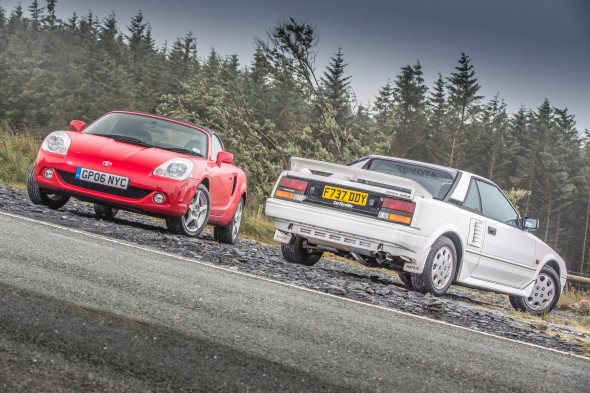
Each car in our quartet has its own unique character, but what links them is their lightweight construction and rear-wheel drive layout. We examine their development below, as well as providing some interesting facts to use on less-informed friends.
‘MR2’ stands for ‘Midship runabout two-seater’. The MR2 was Japan’s first mid-engined compact passenger car, and wasn’t conceived as an out-and-out sports car, but was designed to appeal to the ‘sporty commuter’. This is why the car benefits from a boot and a higher centre of gravity than one might expect.
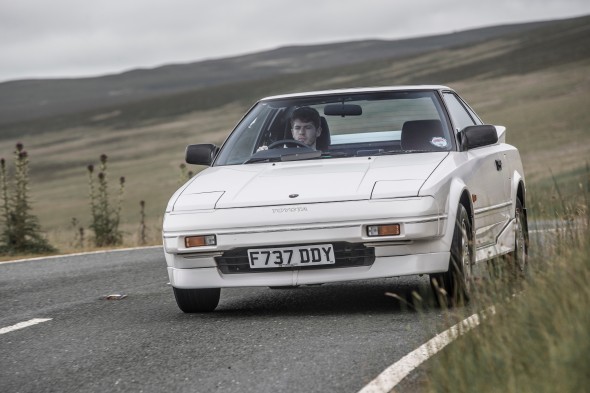
Codenamed ‘AW11’, development of the original MR2 began in 1976, but was delayed due to the global oil crisis. Four years later, the project restarted with a clearer directive – to build an affordable sports car that could recapture the spirit of the Toyota Sports 800 that went before it. UK sales began at the close of 1984 and wrapped in 1989, when the model was replaced by the noticeably larger second-generation model.
The third-generation MR2 launched in Japan in 1999. Based on the earlier and visually very similar MR-S Concept, it used the MR-S name on home turf, but was known as the MR2 Roadster in the UK. The third-generation car was lighter than the first, tipping the scales at a svelte 960kg.
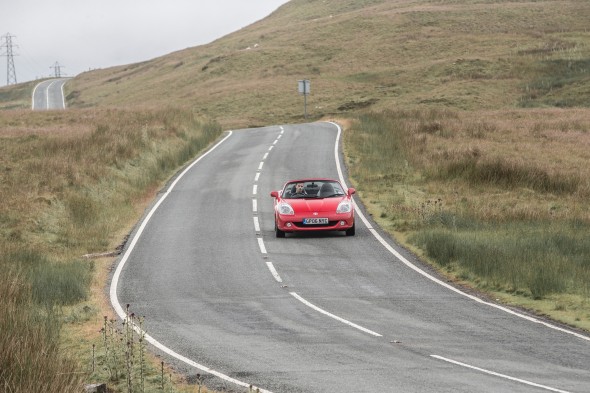
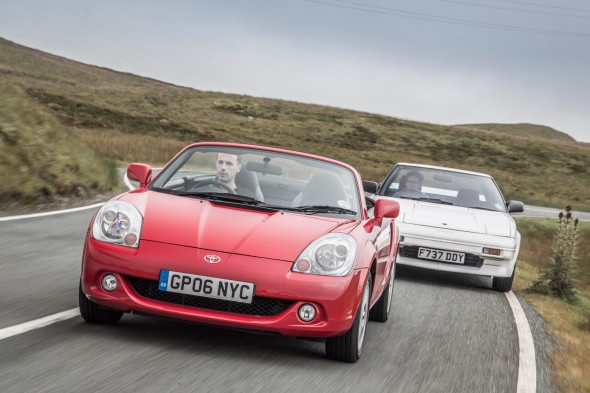
The Corolla GT Coupé – affectionately referred to by fans as ‘AE86’ in reference to its chassis code – is credited with popularising the sport of drifting. Based on the fifth-generation Corolla, which was launched in Japan in 1983, the GT Coupé was available with a choice of 1.5-litre (codenamed 3 A-U), 1.6-litre SOHC 8v (4A-C), or high-power 1.6-litre DOHC 16-valve (4-A GEU) engines. A five-speed manual transmission was initially the only gearbox option at launch; a four-speed automatic arrived in May 1985.
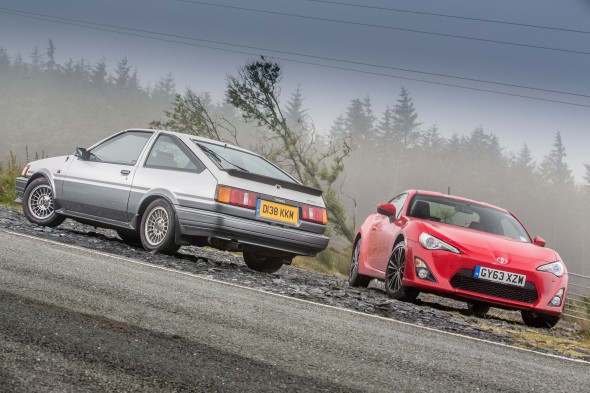
The car’s rakish shape meant that it was extremely aerodynamic for its time. It had a drag coefficient factor of 0.35 – better than a Porsche 911 Carrera of the same period. A sophisticated suspension set-up comprised of MacPherson struts and 4-link coil springs with a lateral rod bestowed excellent road manners upon the car. Today, a good UK AE86 is extremely difficult to find, and will easily set you back north of £12,000, evidence of its position as a true classic Toyota.
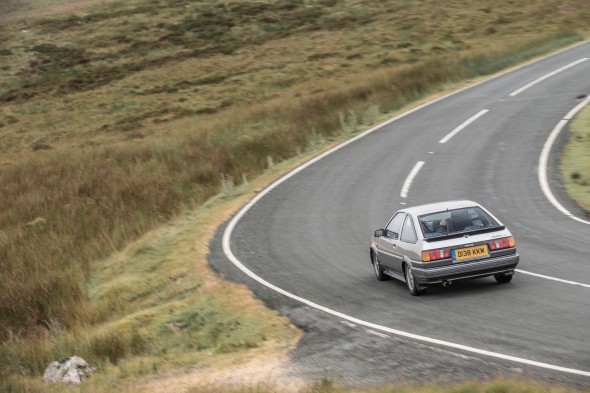
The GT86 was launched in 2012, in response to consumer demand for a lightweight, rear-wheel drive Toyota sports car for the Twitter generation. Conceived as an entirely driver-focused machine, GT86 is the world’s most compact four-seat sports car, built on a new platform, with a highly aerodynamic bodyshell stretched tight over its mechanical elements.
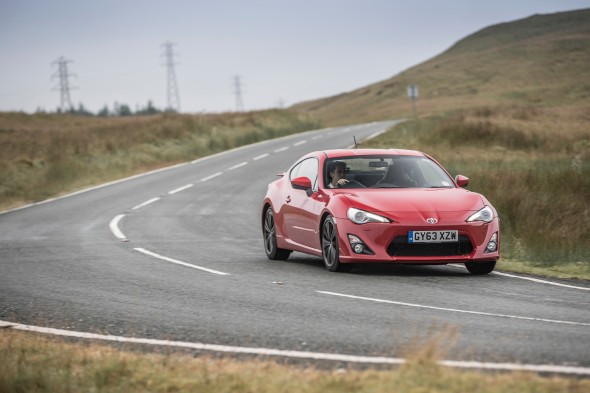
Under the hood is a 2.0-litre 16-valve 4-cylinder boxer engine, with a power output of 197bhp. The boxer engine’s large surface area lends the car an extremely low centre of gravity, for a traditional sports car driving experience – in fact the car has the lowest hip point of any Toyota production vehicle. In a similar vein to its AE86 ancestor, the eight-six in GT86 is a reference to part or parts of the car – in this case, it’s the boxer engine’s 86mm x 86mm square bore and stroke and the 86mm diameter of the model’s chrome-tipped twin exhausts.
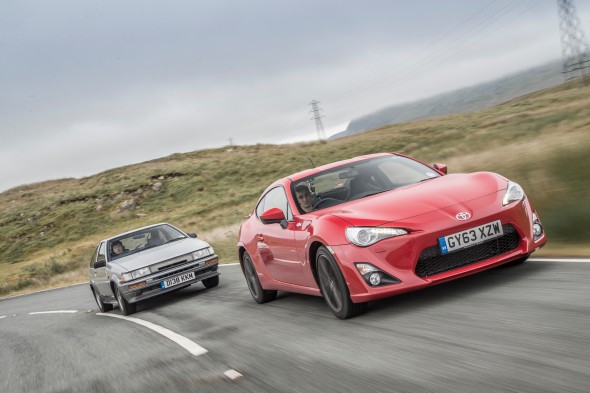
Since its launch, GT86 has received worldwide acclaim, picking up awards from Top Gear, Pistonheads, Auto Express, Autocar, CarBuyer, The Telegraph and Honest John.
For further information about the GT86, visit the designated GT86 section of the Toyota UK website. If you’d like to get behind the wheel, leave a comment below, and we’ll be in touch shortly.
Do you own a Toyota sports car? If so, get in touch by leaving a comment below, or dropping us a line on Facebook or Twitter.
See also:
Toyota sports cars past and present: MR2 vs. MR2
Toyota sports cars past and present: AE86 vs. GT86
Interview: What’s it like to own a classic MR2?
Where next?
Detailed history of MR2
Detailed history of Corolla (1983 – 1987)
GT86 lifetime awards round-up
GT86 owners tell us what the car is like to live with
10 things that make the Toyota GT86 special
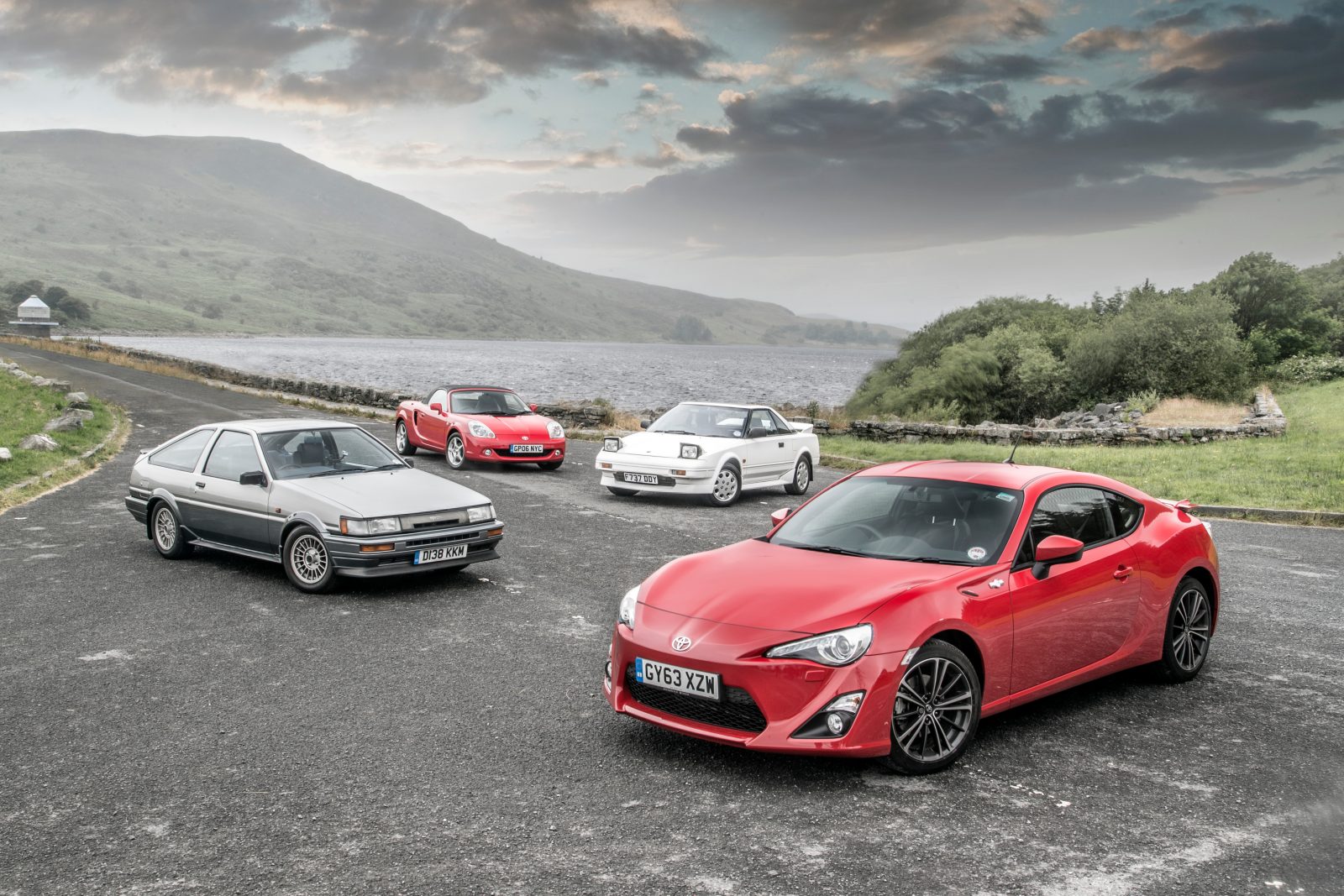
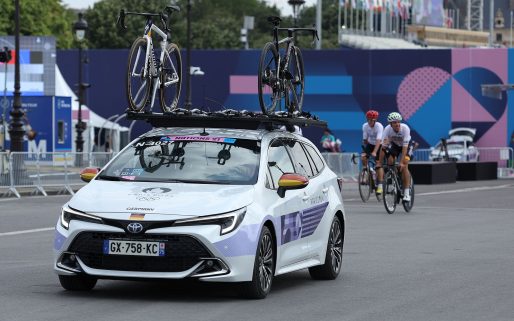
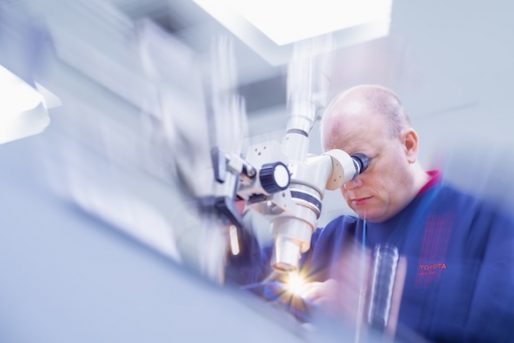
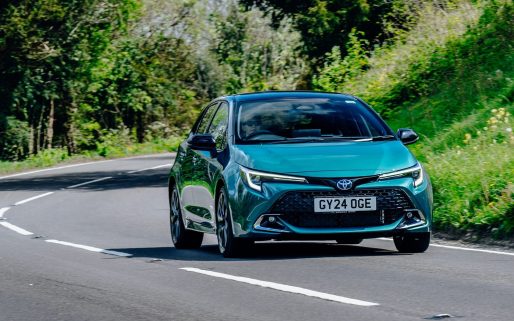

I had a lovely AE86 back in the day – my first “fast” car. Loved it and it’s up there among my favourite cars since I started driving in 1979.
I still love my MKII MR2, though its codename has changed to MZW20 to denote the use of a MY2000 1MZ-FE. I’m somewhat surprised Toyota didn’t offer a V6 when the 3SGTE didn’t meet OBDII regulations here in the U.S. The looks of the MKII are probably its standout feature as the MKI and MKIII are closer to their respective, original intents. They’re all great cars in their own right.
I’ve had the car since 2001, and it has never failed me. So kudos to Toyota for that.
Thanks for your post Jason.
Really appreciate your comments, a V6 in a MK II would have been something! We have heard of some personal owner engine transplants taking place though. Great to hear of your MR2 in the US and these models remain just as popular over here with thriving owners clubs.
You should also test the All-Trac Celicas. Those are amazing.
Thanks Kent
We will see what we can do.
As a Toyota Employee in the US from the Mid 1980’s -1995 I was privvy to alot of the vehicle name origins . Actually MR-2 stood for MId – engine, Rear drive, 2 seater. However you are entitled to report whatever suits your fancy. Once again, two countries , separated by a common language.
Thanks Fraser
We love ours too and spend a great deal of care looking after it. It is still great to drive and has certainly turned into an iconic car.
I must say that I am slightly disappointed in the articles. I guess I expected more of a performance comparison between the sports cars and more actual driving impressions of each of them.
I am in the U.S. and therefore my car is called the Spyder. The car is equipped with the 2ZZ-GE engine that came standard in the 2000 Celica GTS. It also has the 2000 Celica ECU so it can pass eCheck (our version of MOT). In my opinion, Toyota missed an opportunity when they failed to fit the 2ZZ engine to the MR-S/Spyder/Roadster. So equipped, the car could easily handle the competition from the MX-5 and s2000 and might have had higher sales and a longer production run. I and many others have rectified this by doing the swap ourselves and turning a good car into an amazing car.
Last year, I convinced my son to purchase the Scion FR-S after following the development of the car from its inception. It is truly a worthy successor to the legacy Toyota sports cars. It handles great and can almost keep up with my 2ZZ Spyder.
Thanks for the articles. I did enjoy them.
I agree with the other commenters in that it would be interesting to compare a MKII MR2 Turbo (1990 – 1995) with 200 HP to the modern FRS. Maybe in an another article?
Thanks for the idea Jason and that is something we can think about. This has proved a popular post and we appreciate the feedback that is being made.
I have TWO 2003 MR2 Roadsters (but here in the US, we call them MR2 Spyders). One is fairly stock, with exception of TRD suspension upgrade and full-chassis aftermarket bracing. The second has a 2zz swapped engine in it. 120K and 134K on the odos. Absolutely amazing car, anyone who drives it will understand the perks of being in “Club Permagrin.” They’re not FAST, they’re QUICK and agile. They handle like they’re on freaking rails.
I have a 2JZGTE swapped MKII Celica Supra, talk about fun!
Omg love my mr2 mine is great condition. Love driving around